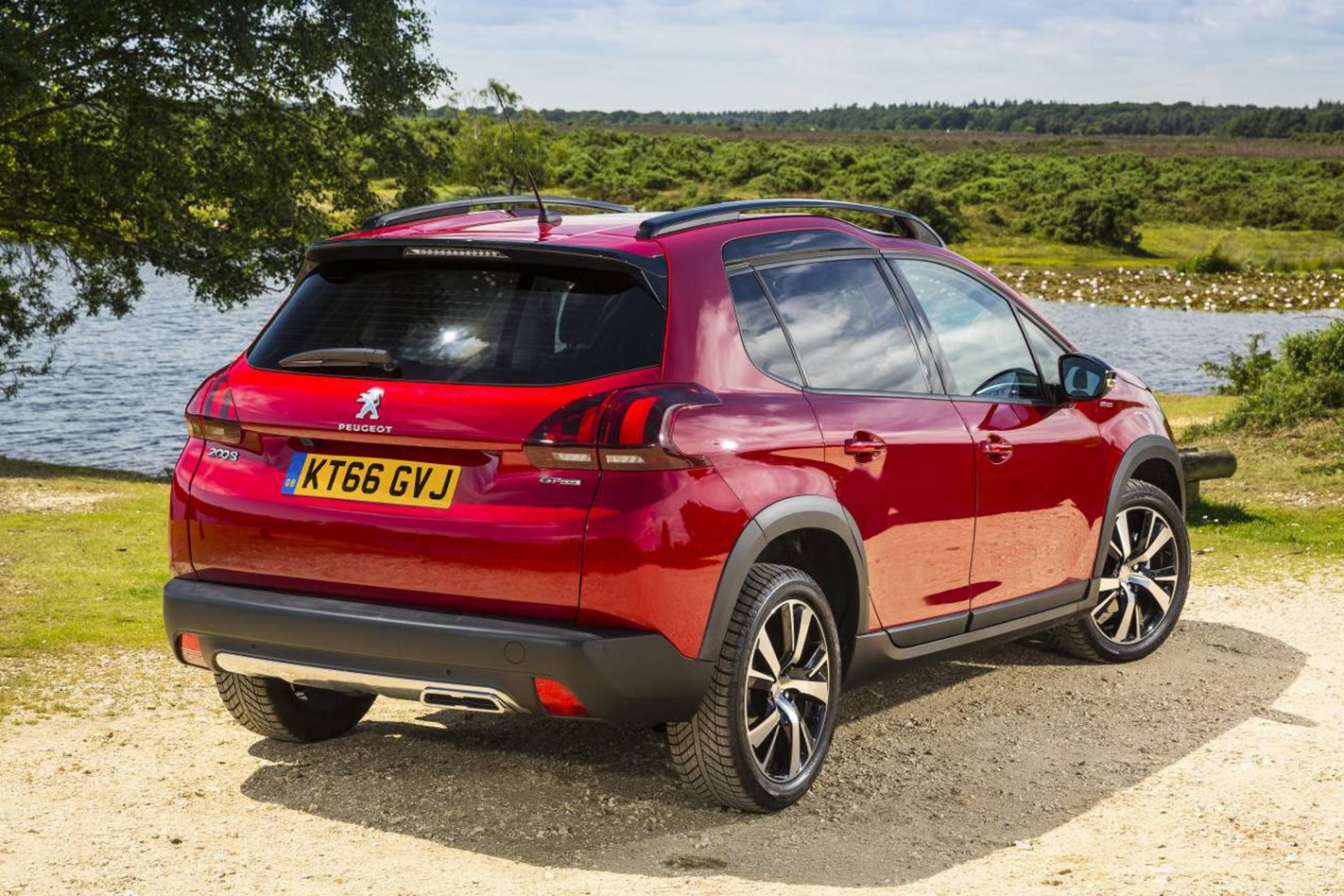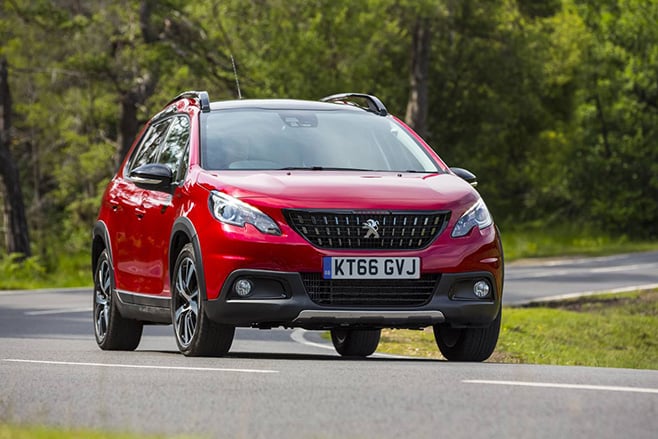
PEUGEOT is back in the small SUV segment race with the revised and restyled 2008, offering a sparkling all-new 1.2-litre turbo powertrain, six-speed auto, more features, and better value, to go with a classier interior and suave dynamics. Look out, Mazda CX-3!
Though it is one of the original modern-era small SUVs, the Peugeot 2008 failed to fire because it simply didn’t have enough fire under the bonnet – whether it was the base 1.2-litre manual or 1.6-litre four-speed auto. Performance-wise at least, the 128 year-old carmaker from Sochaux was outclassed.
So, along with a revised nose and tail, the MY17 Series II version ups the ante with a far-stronger 1.2-litre three-pot turbo engine, driving the front wheels via a new six-speed automatic transmission. The upshot is more urge and less thirst.

Throw in more standard features, and it is clear that the Peugeot 2008 has the right stuff to come out of the cold.
1. A shared heart. The new 81kW/205Nm 1.2-litre three-cylinder turbo petrol engine is from the same international award-winning family of powertrains that power a number of other models, including the brilliant Peugeot 308 , Citroen Picasso people mover, and – from later this year – the kooky Citroen C4 Cactus.
2. A six from Japan. One of the pre-facelift 2008’s biggest issues concerned the automatic transmission – or, more accurately, the lack of one in the base 1.2-litre and 1.6-litre turbo-diesel variants (they only came with a five-speed manual gearbox). Additionally, the only version that did offer an auto had to rely on an old, outmoded, and comparatively inefficient four-speed torque-converter unit in the volume-selling 1.6-litre Active and Allure iterations. Now, thanks to Toyota’s Aisin EAT6 transmission, it’s one six-speed torque-converter auto for all models, with all driving the front wheels.
3. AWOL diesel engine. A very low customer take-up of the old 1.6-litre turbo-diesel powered Outdoor flagship model means both have been dropped from the Series II range. In its place has come the sporty GT-Line, with a bit more visual glitter and glam, but no extra performance from the same 1.2T powertrain found in all other MY17 2008s. Plus, the latter’s Euro 6 emissions-rated engine’s 4.8L/100km combined average fuel use figure is close enough to the old diesel’s exceptional 4.0L/100km rating to warrant offering both engines redundant.

4. Common ground. As the name implies, the 2008 is related to the smaller 208 supermini. Both vehicles share about 70 percent of their parts by number, including the Groupe PSA Peugeot Citroen PF1 platform, featuring a transverse front-wheel drive layout, MacPherson-style struts up front, a torsion beam rear suspension system, and the 1.2T engine and Aisin six-speed auto powertrain.
5. Light is right. Compared with the previous most popular 2008 variant – the 1.6-litre four-cylinder petrol auto – the 1.2T equivalent has less weight over the front axle, improving agility and response as a result. All up, the difference is 12kg. Compared with the equivalently equipped 208, the 2008 is about 65kg heavier.
6. On the nose. Peugeot’s research internationally revealed that potential 2008 new car buyers didn’t like the meekness of the original nose and grille treatments, prompting the company to redesign the entire front section with changes to the grille, headlights, bumpers, and bonnet. The result brings a more distinctive and aggressive appearance to the 2017 vehicle. Interestingly, the original vehicle was styled at Groupe PSA’s studio in Paris back in 2010, melding proposals from France and China.
7. Snow job. The 208/2008’s controversial “i-Cockpit” low-wheel/high instrument dashboard layout came about when a senior Peugeot engineer was forced to drive his 207 supermini in a snowstorm in Switzerland with other senior Groupe PSA management on board. The resulting stress caused in near white-out conditions inspired the designer to create a dash with raised instruments so that eyes could stay focussed on the road ahead, while the steering wheel’s lower position cut muscle fatigue and promoted better blood flow since the elbows aren’t raised as high as in normal driving position situations.



